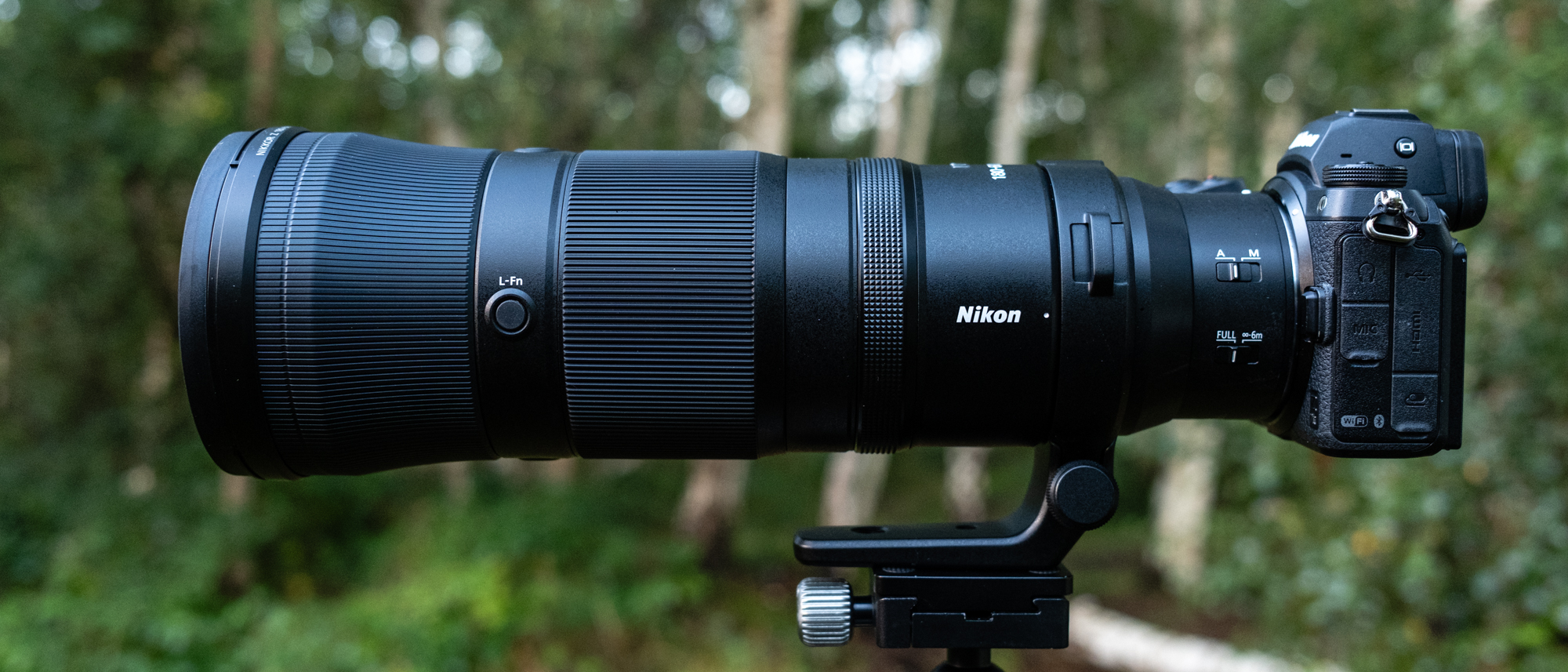TechRadar Verdict
The Nikkor Z 180-600mm f/5.6-6.3 VR fills a gap for Nikon Z users while delivering a superb balance of performance and image quality for the price. Autofocus is snappy and consistent, while the relatively light weight – considering the size of the lens – makes it comfortable to use handheld for extended periods.
Pros
- +
Versatile focal range
- +
Internal zoom and focusing
- +
5.5-stop image Stabilization
Cons
- -
Lightweight for its size, but heavy nevertheless
- -
No direct access VR switch
- -
Not fully weather-sealed
Why you can trust TechRadar
Two-minute review
Long telephoto zoom lenses have generally become less expensive and therefore more accessible over the past 10 years or so. The 150-600mm focal range has become something of a benchmark in this area, often sitting within what you might call an affordable price range considering how expensive professional telephoto lenses can be.
The Nikkor Z 180-600mm f/5.6-6.3 VR delivers a similarly versatile focal range, making it ideal for wildlife and sports photography in the main, and comes in at a reasonable $1,697 / £1,799 / AU$2,999. Sure, the 180-600mm isn’t exactly cheap, but it’s far more affordable than professional telephoto lenses, offering enthusiasts who shoot with Nikon Z-series cameras the longer reach they’ve been craving.
The arrival of this lens couldn’t come at a better time for Z-series camera owners, who have been lacking a native Z-mount lens with this focal range. Although the Nikon FTZ and FTZ II adapters are fantastic for allowing you to use F-mount lenses with Z-series cameras, their performance is never on a par with a native lens; and the adapter mount adds additional length, albeit small, to any attached lens.
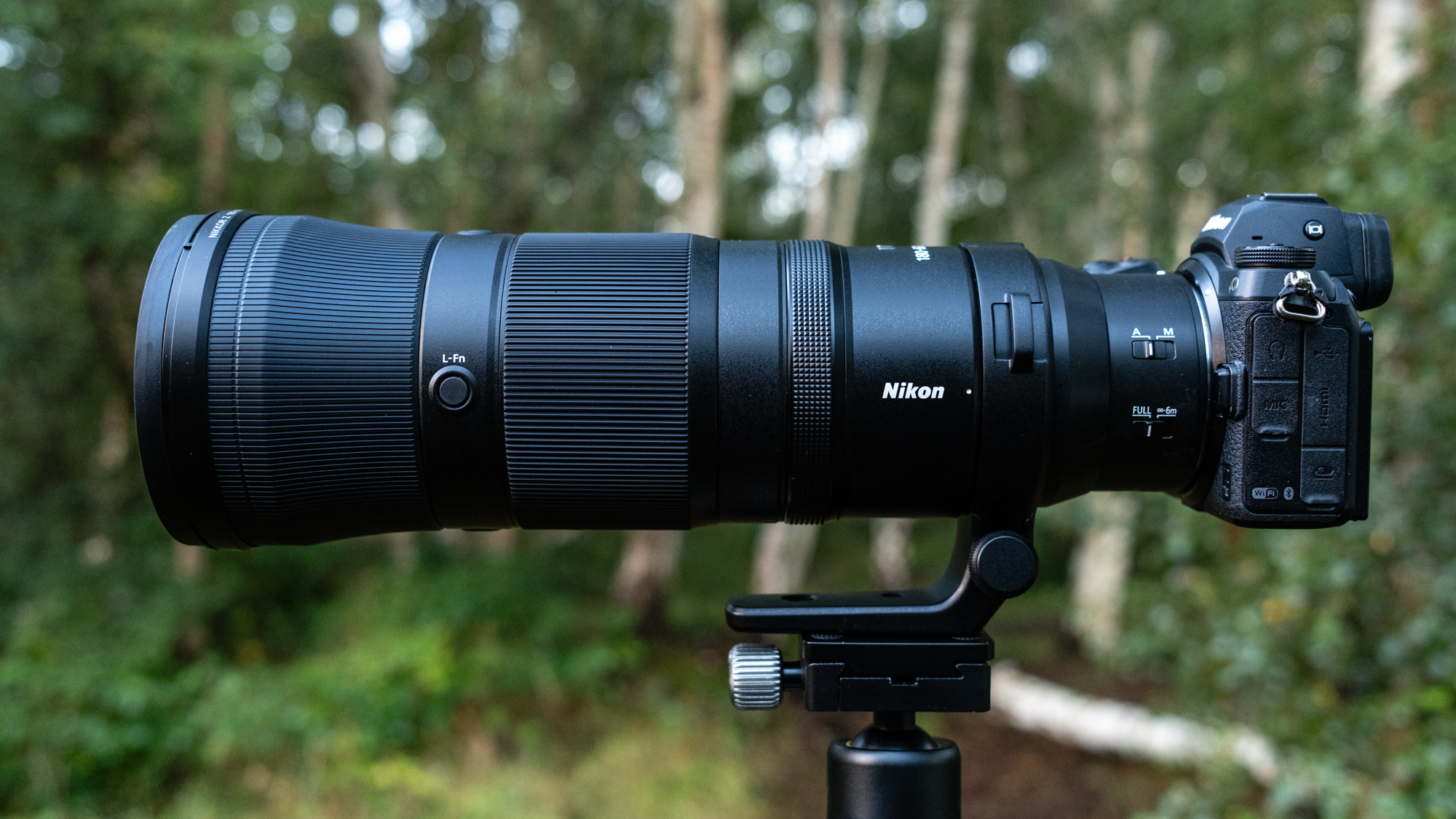
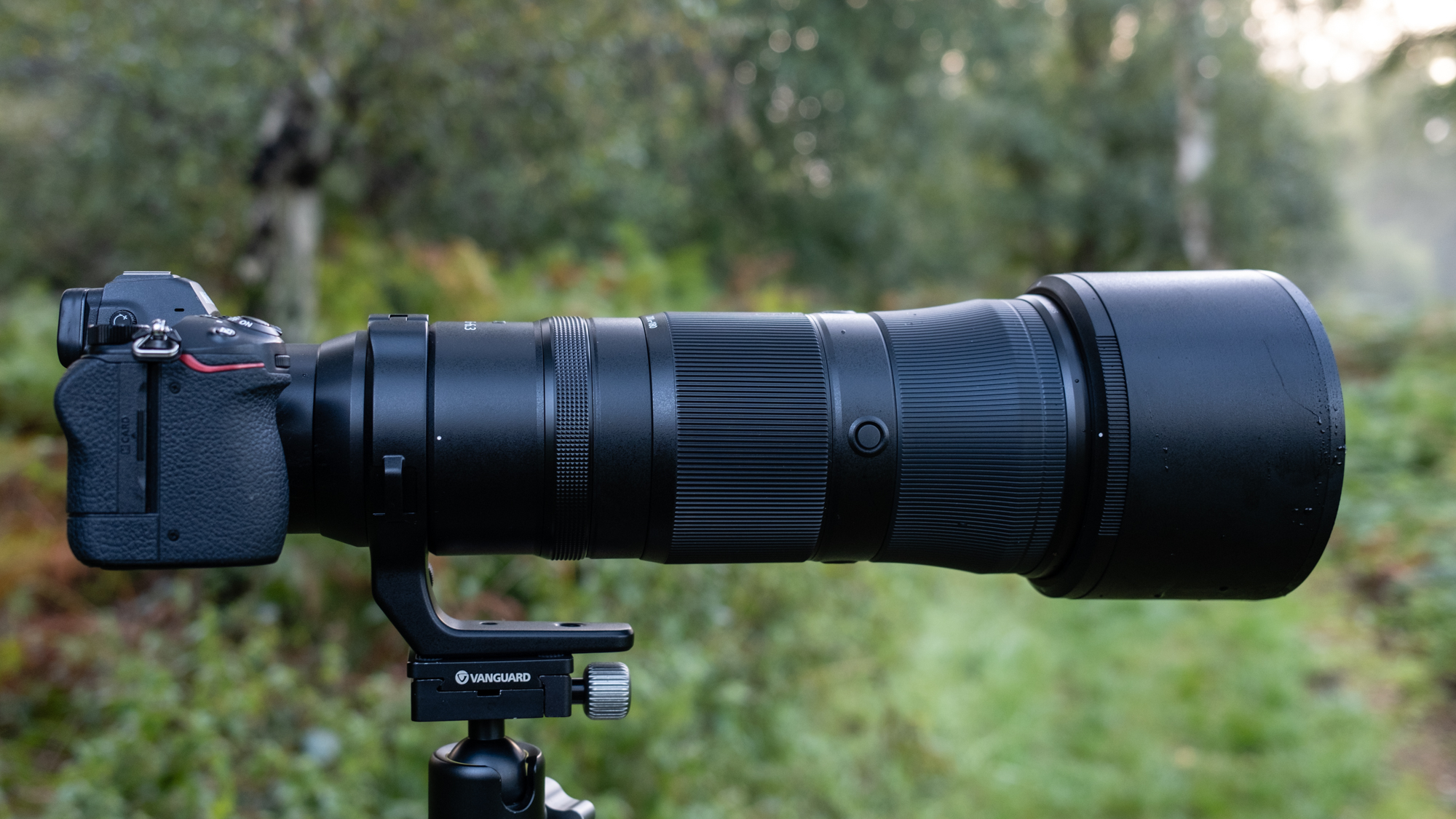
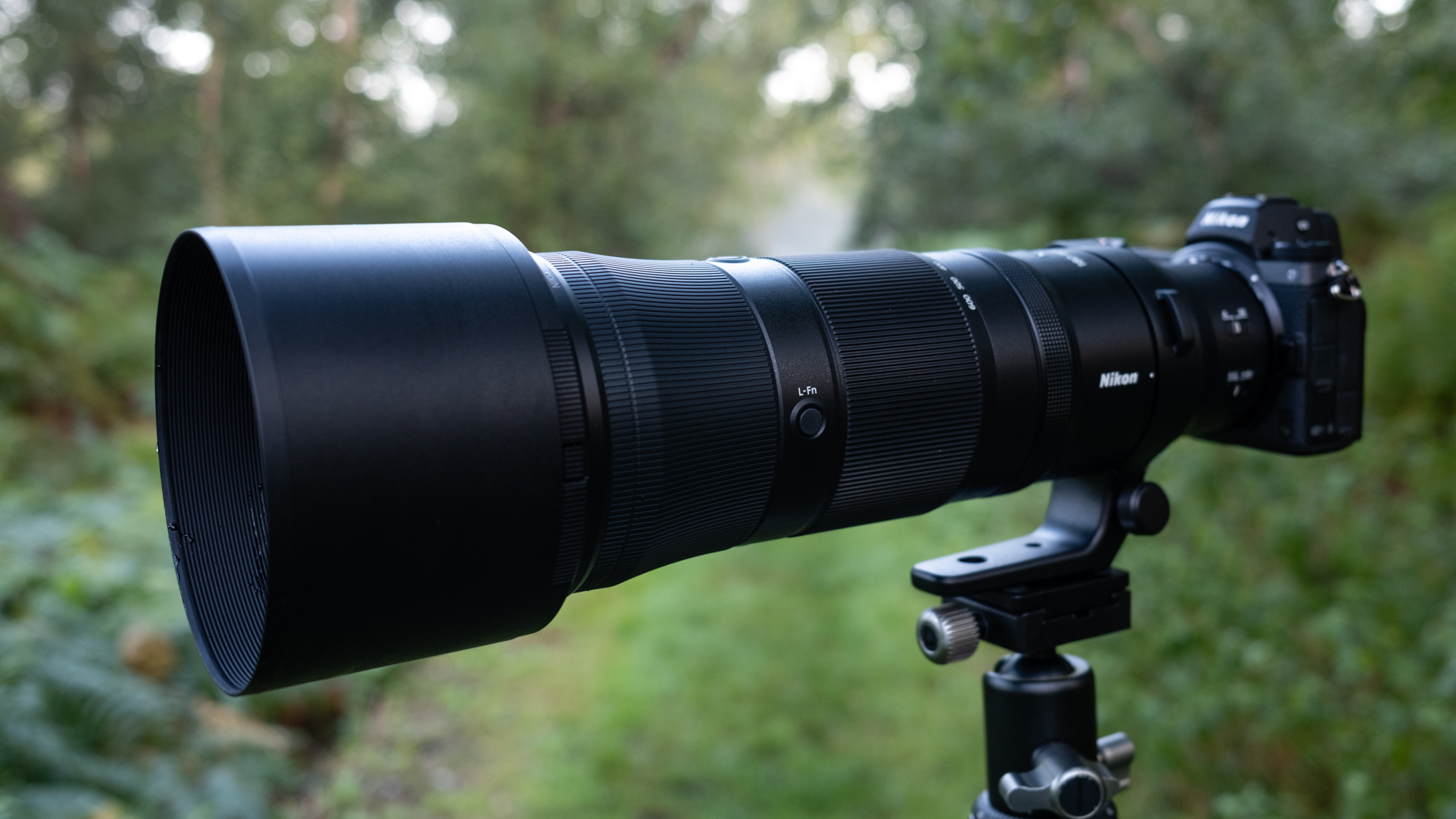
The 180-600mm is a fairly large and indeed long lens at 12.5 x 4.4 in / 315.5 x 110mm. And with the tripod collar included, the weight of the lens is 4lb 11.5oz / 2,140g, so there's certainly some heft to it. That said, it isn't the heaviest telephoto zoom available, and during a four-hour handheld shoot while walking around a country park, the 180-600mm attached to a Nikon Z 7II remained comfortable to carry.
In order to deliver the wide focal range on offer, the Nikkor's weight is a result of the size and construction of the lens. It’s made up of 25 elements in 17 groups, which include six ED elements, one aspherical element, and a fluorine-coated front element. The maximum aperture is variable between f/5.6-6.3 depending on the focal length selected, which still results in a large 95mm front element.
Enthusiast lenses can sometimes be lacking in the build quality department, but that’ certainly isn't the case here. The 180-600mm looks and feels solidly made, with smooth focus and zoom rings alongside internal zoom and focusing, which means the lens doesn’t extend when zooming and the front element doesn’t rotate when the lens is focused.
The Zoom ring also provides a short rotation, which allows you to quickly and comfortably change the zoom factor without having to reposition your hand to maintain the zoom. Although the lens does have dust and drip sealings, Nikon doesn’t claim that it’s a weatherproof model, so shooting in torrential rain – for instance – could be problematic. Full weatherproofing would be the natural choice for a lens of this type and, unfortunately, it isn’t included here.
Controls on the lens are minimal, with just a manual focus/autofocus switch and an autofocus range limiter switch towards the rear end of the lens. There are also four customizable L-Fn buttons, which allow you to map several functions to the buttons that are conveniently positioned towards the front end of the lens. Unfortunately, there are no vibration reduction / image stabilization controls here, which means you'll have to delve into the camera menus to adjust these settings. This isn't a deal breaker, but a dedicated set of controls would have been extremely useful.
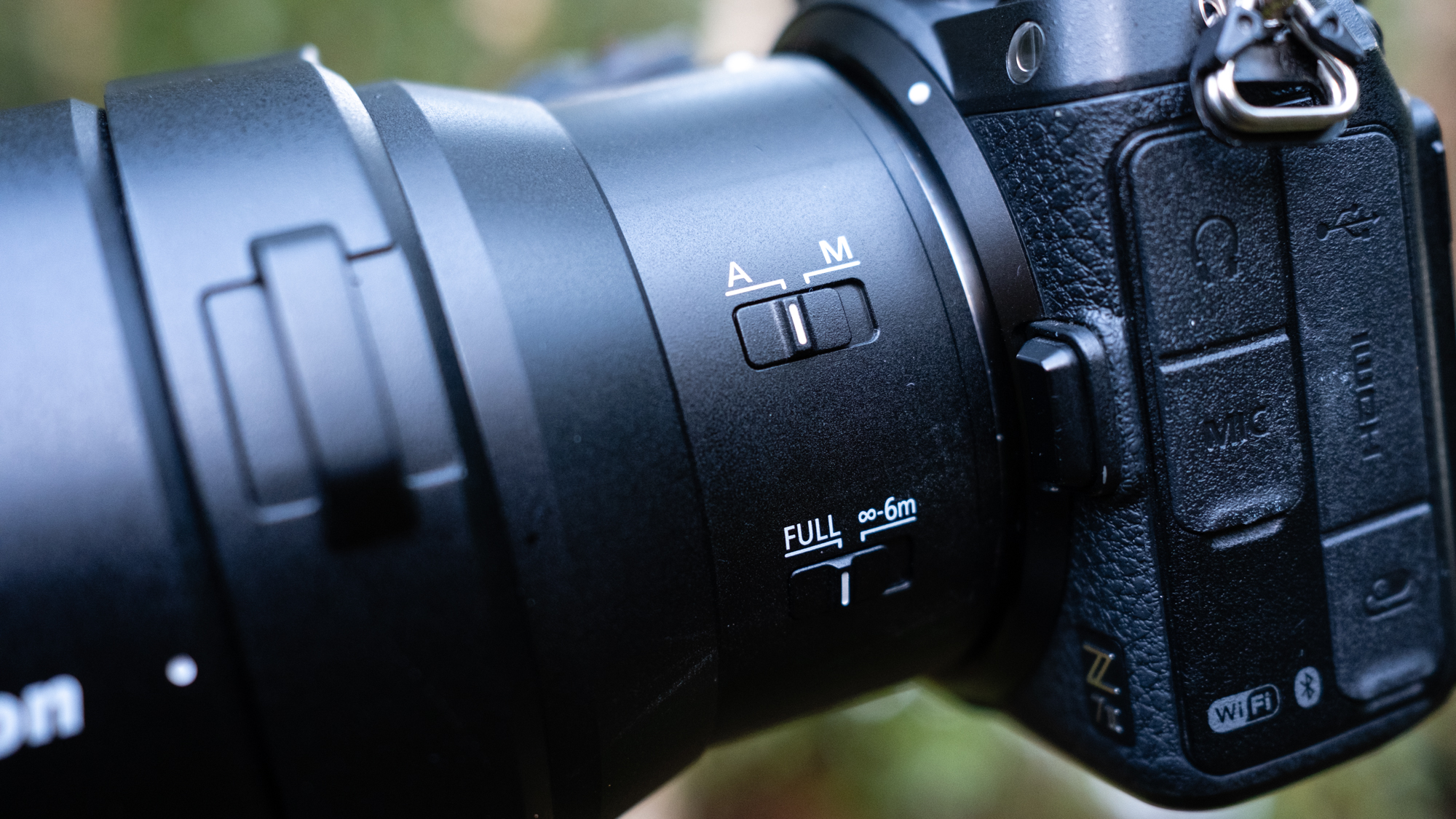
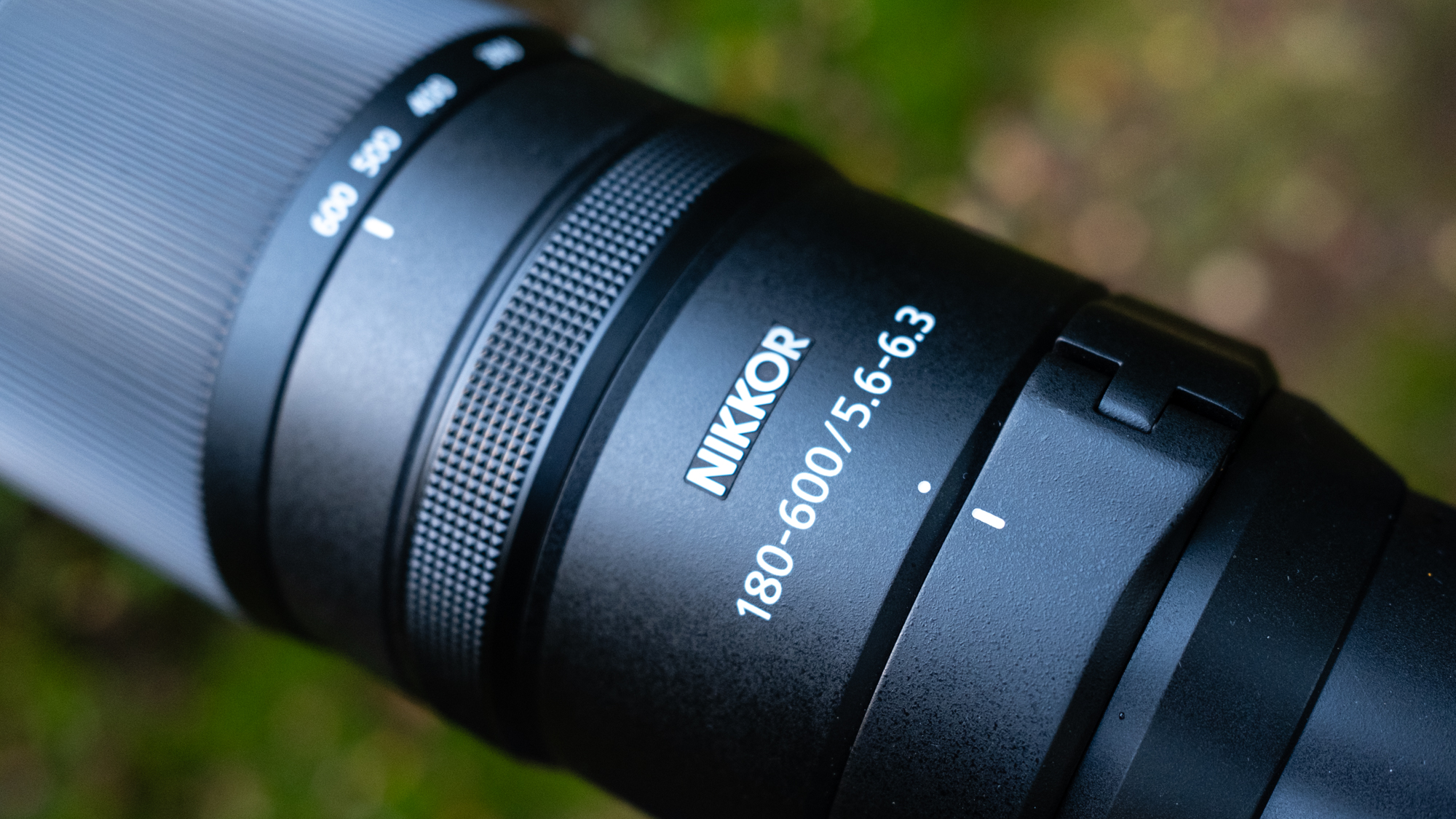
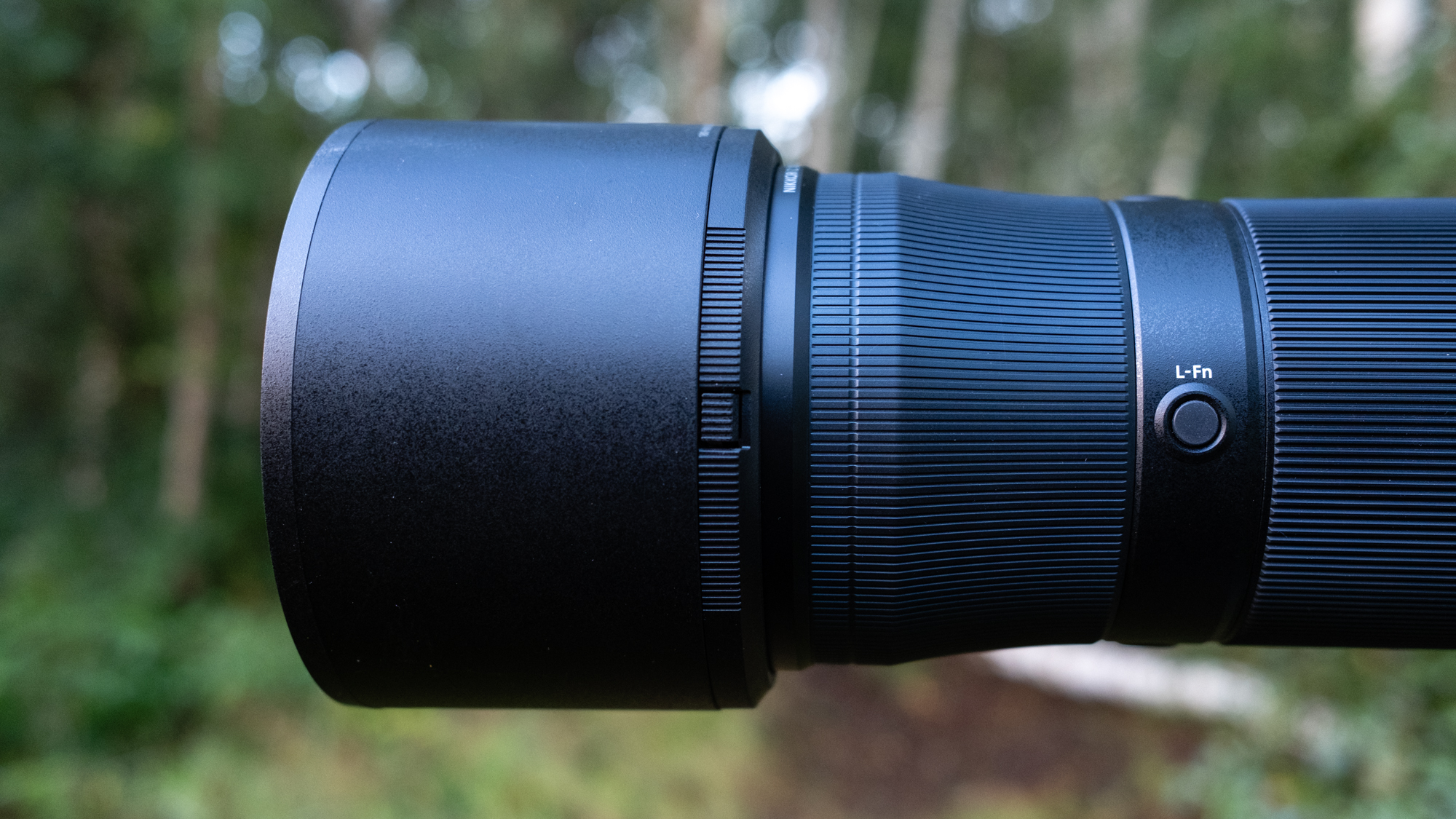
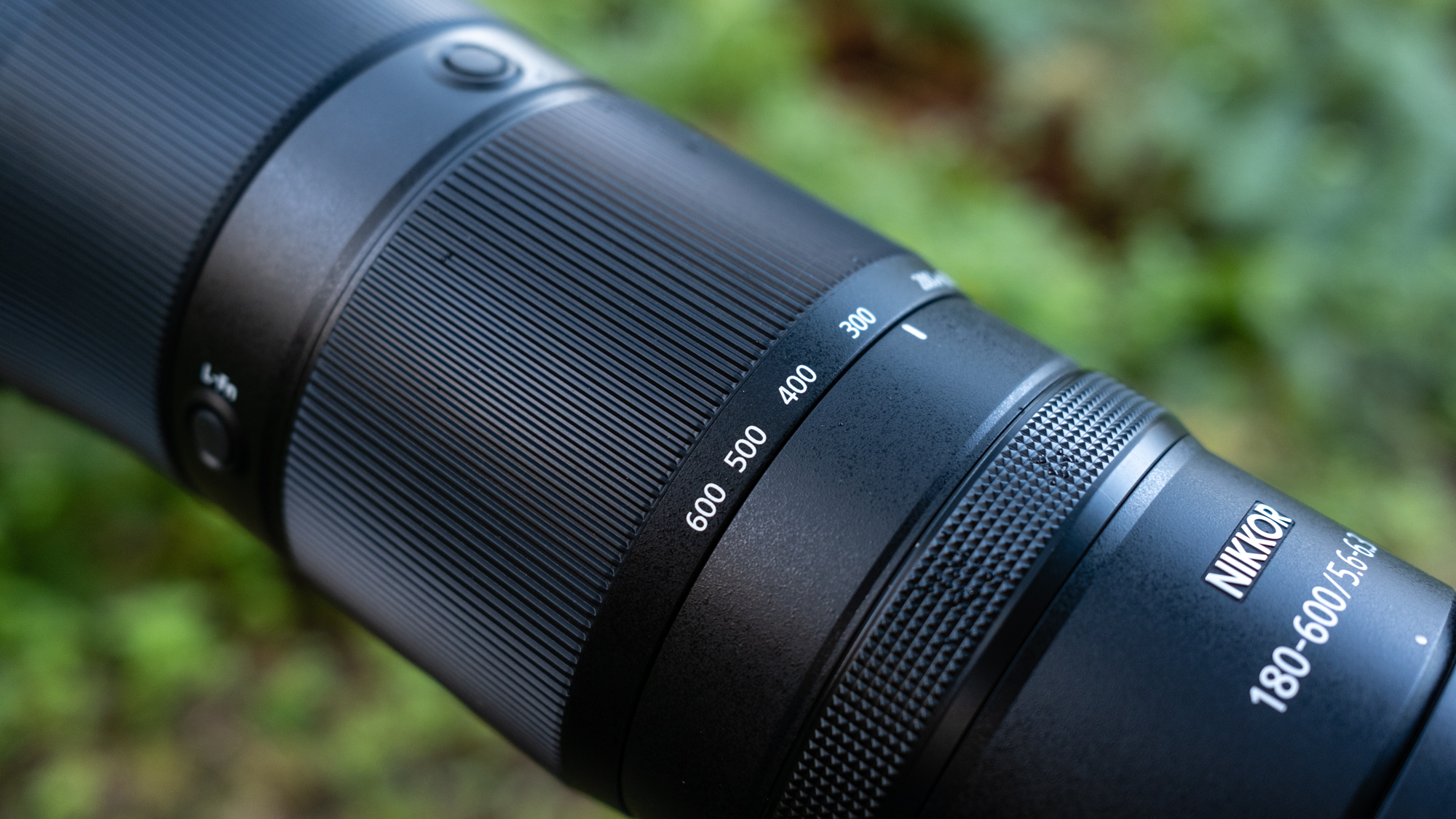
The lens balances well with Z-series bodies, although the Z 7II used for testing is comedically small in comparison to the lens. And if you find the lens too cumbersome for prolonged handheld use, the tripod collar and quick-release foot allow you to move between handheld shooting and a tripod or monopod quickly and easily.
The 180-600mm also works with the Nikon Z 1.4x and 2x tele converters, enabling you to extend the focal range further if required. However, this does mean a reduction in the maximum aperture. One way around this is to use the lens with an APS-C camera to increase the effective focal range from 270mm to 900mm, retaining the f/5.6-6.3 maximum aperture.
When it comes to overall performance, autofocus is fast and near-silent, locking onto static and moving subjects, and tracking them seemingly effortlessly. It’s just what you want from a lens that’s designed for shooting often fast-moving and distant subjects. This speed and near-silence are thanks to the fast stepping motor that also makes the lens useful for video using autofocus when tracking moving subjects, although videographers typically use manual focus in the majority of situations.
Close focusing isn’t mind-blowing, with a sliding scale of distances depending on the zoom factor; but looking at the extremes of the zoom range, the minimum focus distance at 180mm is 4.27 ft/ 1.3m, while at 600mm it almost doubles to 7.88ft / 2.4m. This does allow for capturing small subjects closeup, but what’s achievable is far from a macro reproduction ratio.
Nikkor Z 180-600mm f/5.6-6.3 VR photo samples
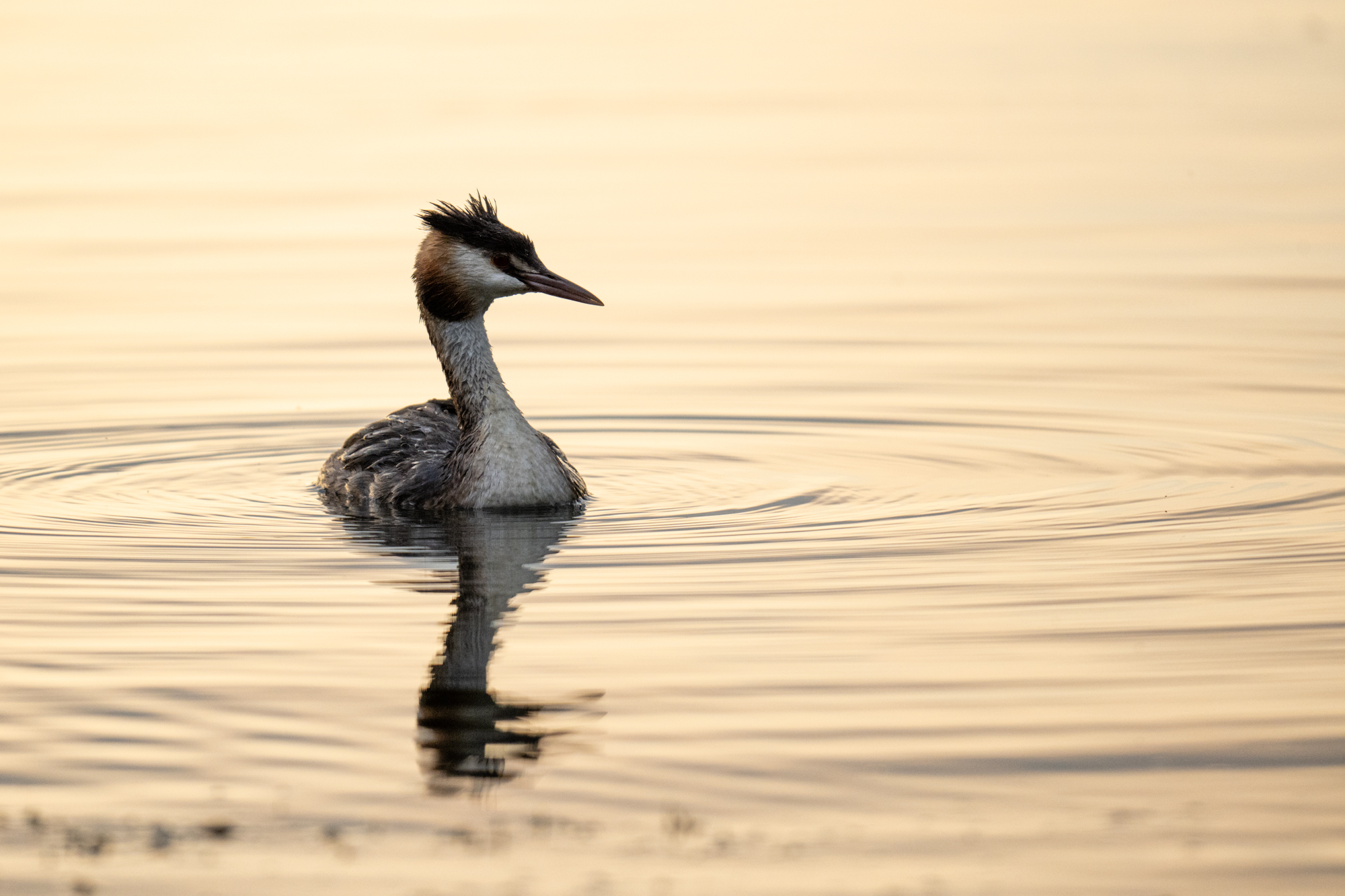
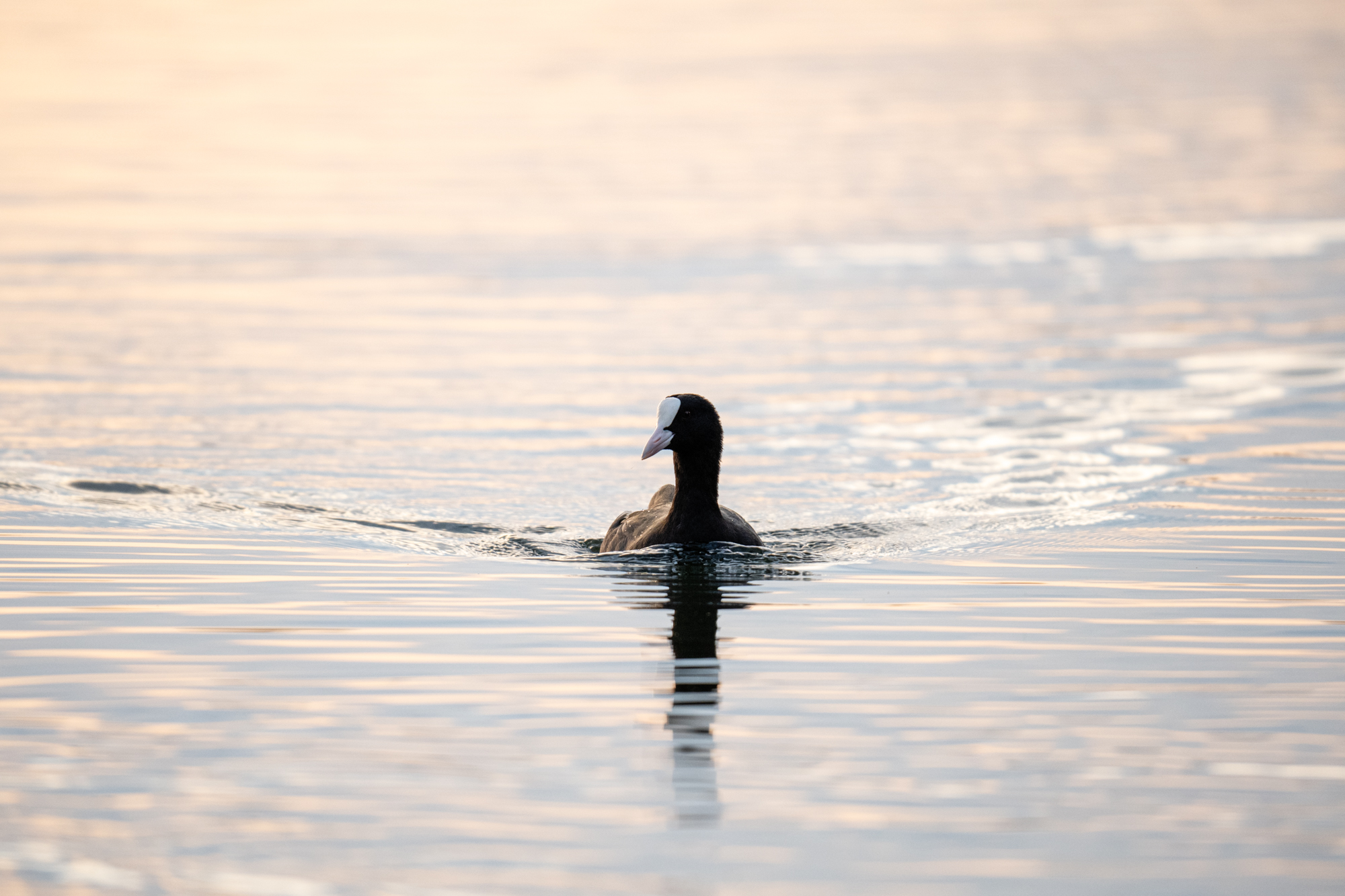

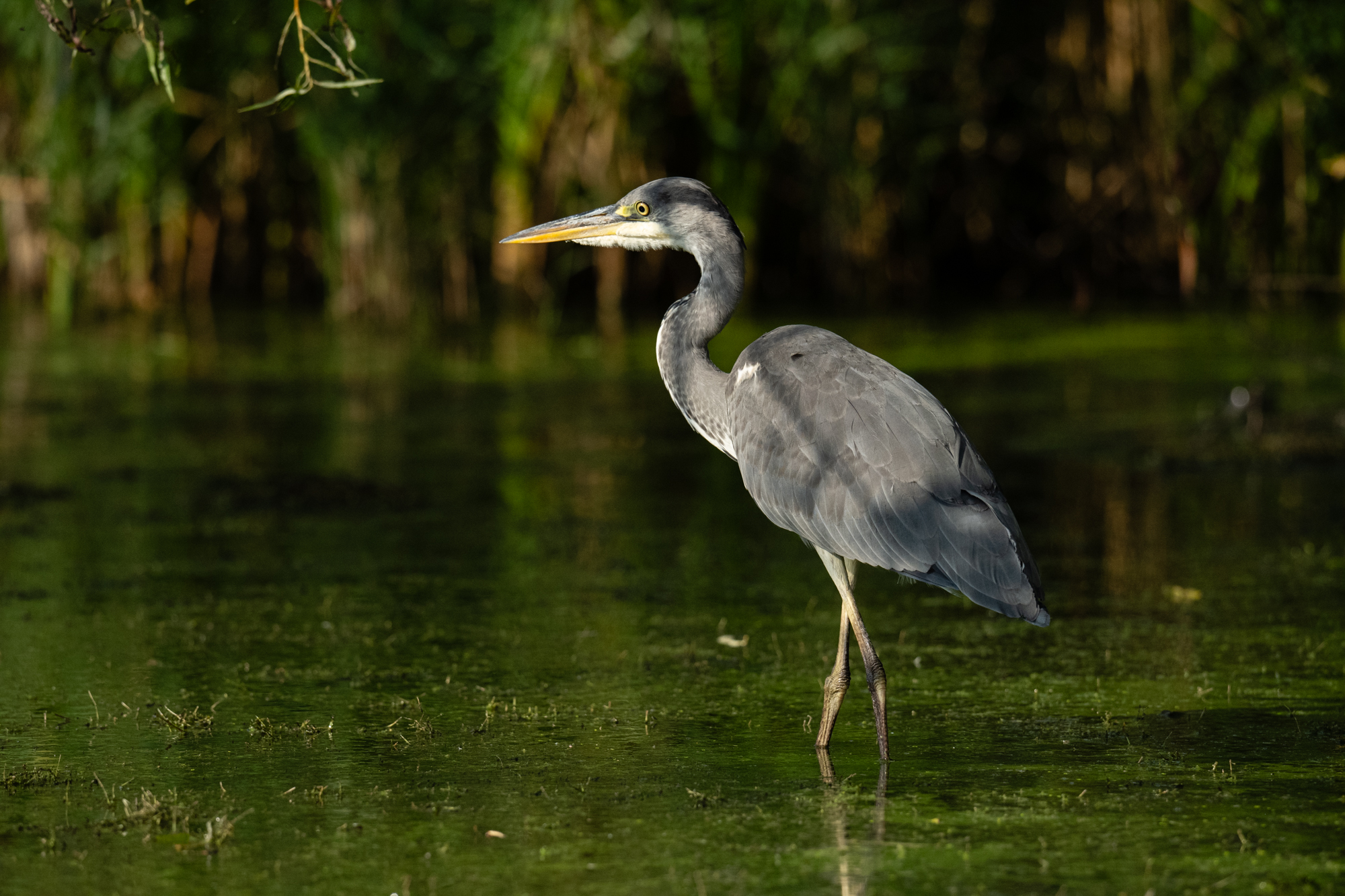
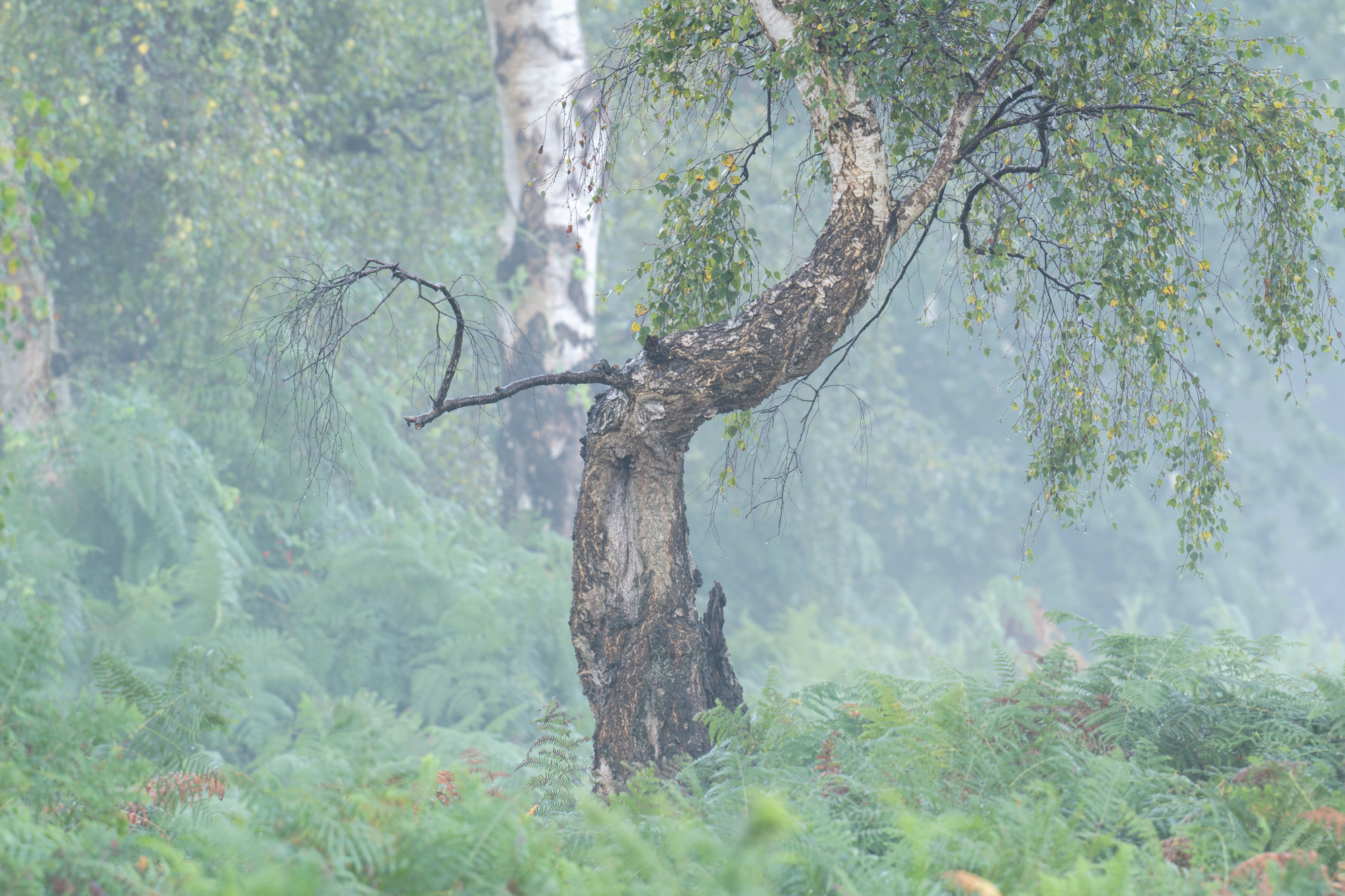
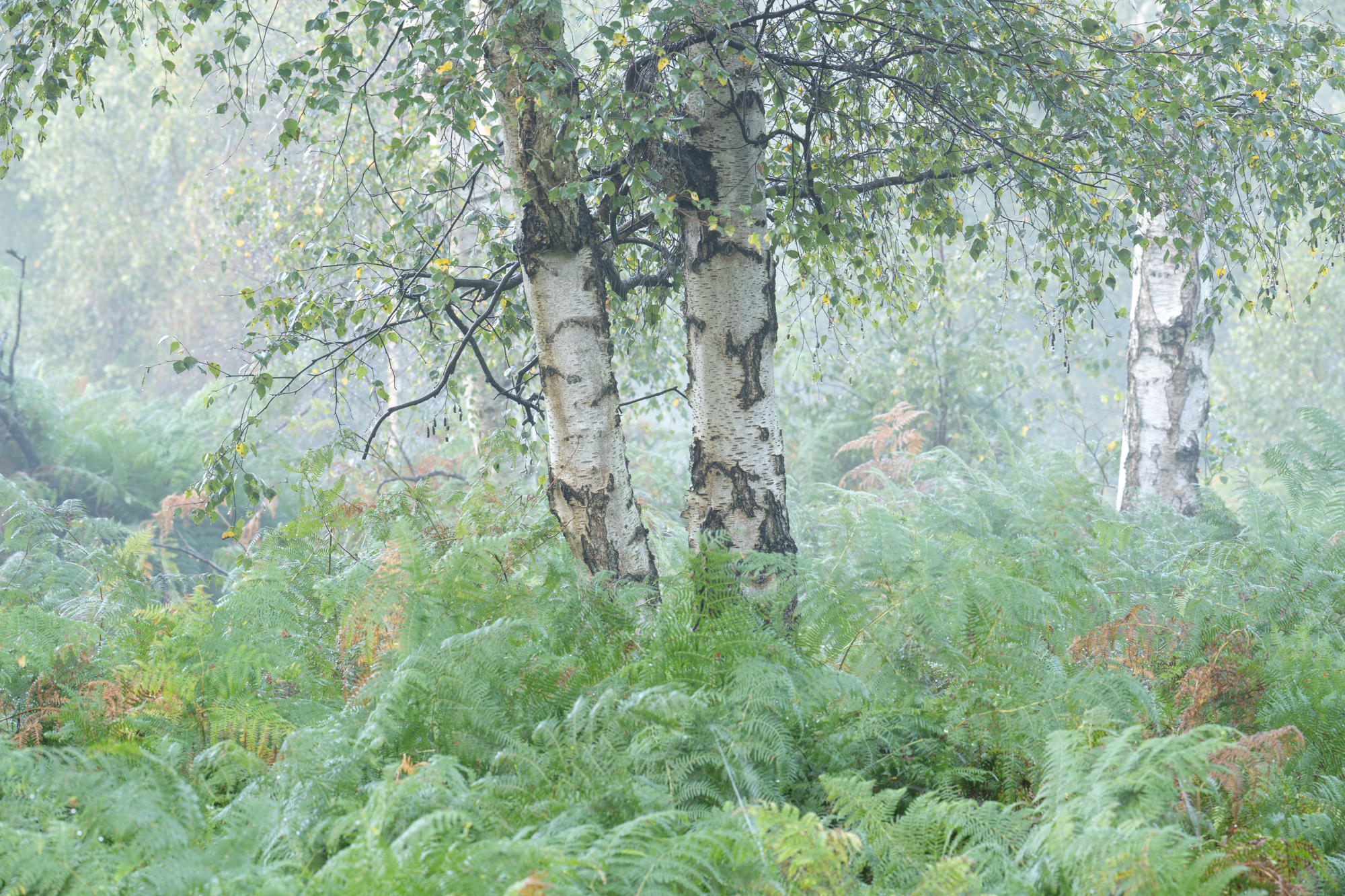

Moving beyond autofocus, another feature that’s also highly effective is the 5.5-stop vibration reduction / image stabilization. During testing, I was shooting below 1/100 sec at 600mm in some situations, and although some did exhibit camera shake, many were perfectly sharp. Of course, a steady hand is still required when using image stabilization to get the best from the feature; but the 180-600mm is a fantastic performer in this area.
In terms of image quality, which is one of the most important aspects of any lens, images are captured well between the maximum aperture and f/11 throughout the focal range. They’re certainly not as sharp as more expensive lenses, but overall sharpness is beyond adequate. A small amount of chromatic aberration is visible along high-contrast subject edges in some situations, but this is minor, and can be removed effectively in Lightroom or other Raw processing software. If you shoot in JPEG, you can switch on in-camera corrections to deal with this.
Should I buy the Nikkor Z 180-600mm f/5.6-6.3 VR?
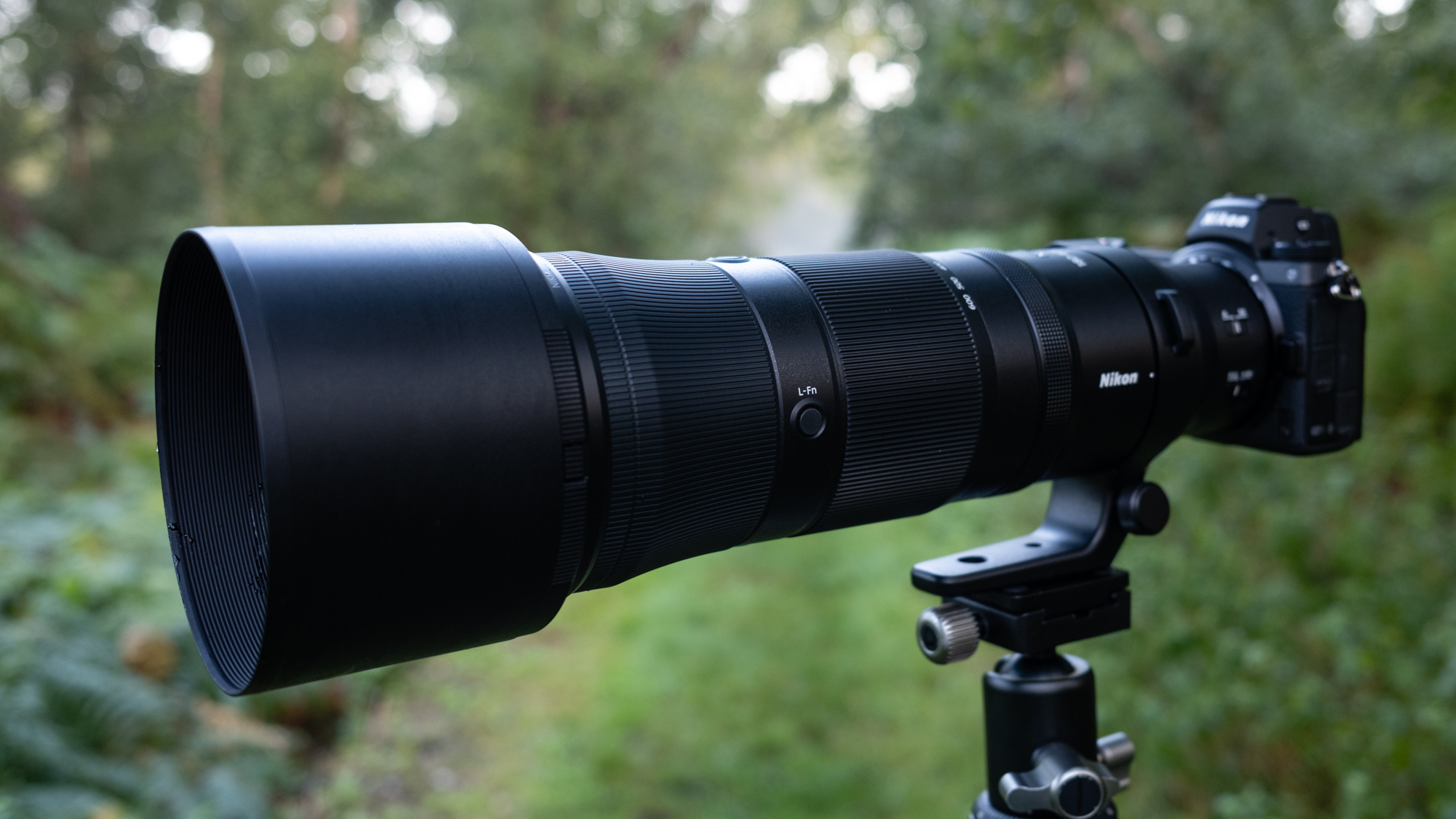
Buy it if...
You need a long telephoto zoom
If you shoot wildlife, sports, airshows or woodland photography with a Nikon Z-series camera at an enthusiast level, the 180-600mm is pretty much the perfect lens for you thanks to its versatile focal range.
You shoot wildlife or sports video
If you shoot wildlife or sports video, where autofocus is used to track fast-moving subjects, the 180-600mm uses a fast and quiet stepping motor that's highly effective and is quiet enough for sound to be recorded.
You use a Z-series APS-C model
The 180-600mm may be a full-frame lens, but attach it to an APS-C model and you can enjoy a whopping 270mm to 900mm equivalent focal range.
Don't buy it if...
You’re on a tight budget
The 180-600mm is reasonably priced, but this will still be too expensive for some photographers. So, you could consider the Tamron 70-300mm f4.5-6.3 Di III RXD, which has a shorter maximum focal length but is much more affordable.
You need the very best image quality
If you have the budget and would like to enjoy professional image quality and handling, there are 400mm, 600mm and 800mm prime lenses within the Z-series range; but they’re far more expensive than the 180-600mm.
You need a fully weatherproof lens
While the 180-600mm has dust and drip sealings, which will provide a degree of weather-resistance, this description is vague and certainly doesn’t suggest that the lens can be used in more harsh environments or weather.
How I tested the Nikkor Z 180-600mm f/5.6-6.3
The Nikkor Z 180-600mm f/5.6-6.3 was tested over several shoots, including a four-hour session to determine how comfortable the lens is to use handheld over several hours. Photos were taken at different aperture settings and focal lengths to test handling, sharpness and distortion, while vibration reduction was put through its paces by shooting at slower shutter speeds than normal. Subjects covered also included static and moving subjects to test autofocus performance.
Most images were shot simply to see how the lens performed in different situations, while others were shot specifically to compare the results. This provides the ability to test all aspects of the lens in a real-world environment that’s closer to how photographers will use the lens themselves, rather than relying on statistics and lens charts.
With nearly 30 years of photographic experience and 15 years working as a photography journalist, I’ve covered almost every conceivable subject and used many of the cameras and lenses that have been released in that time. As a working photographer, I’m also aware of the factors that are most important to photographers and aim to test cameras and lenses in a way that reflects this.
First reviewed October 2023
James Abbott is a professional photographer and freelance photography journalist. He contributes articles about photography, cameras and drones to a wide range of magazines and websites where he applies a wealth of experience to testing the latest photographic tech. James is also the author of ‘The Digital Darkroom: The Definitive Guide to Photo Editing’.
